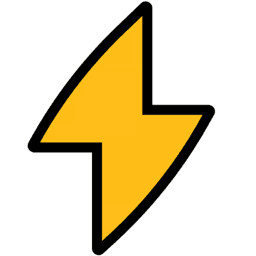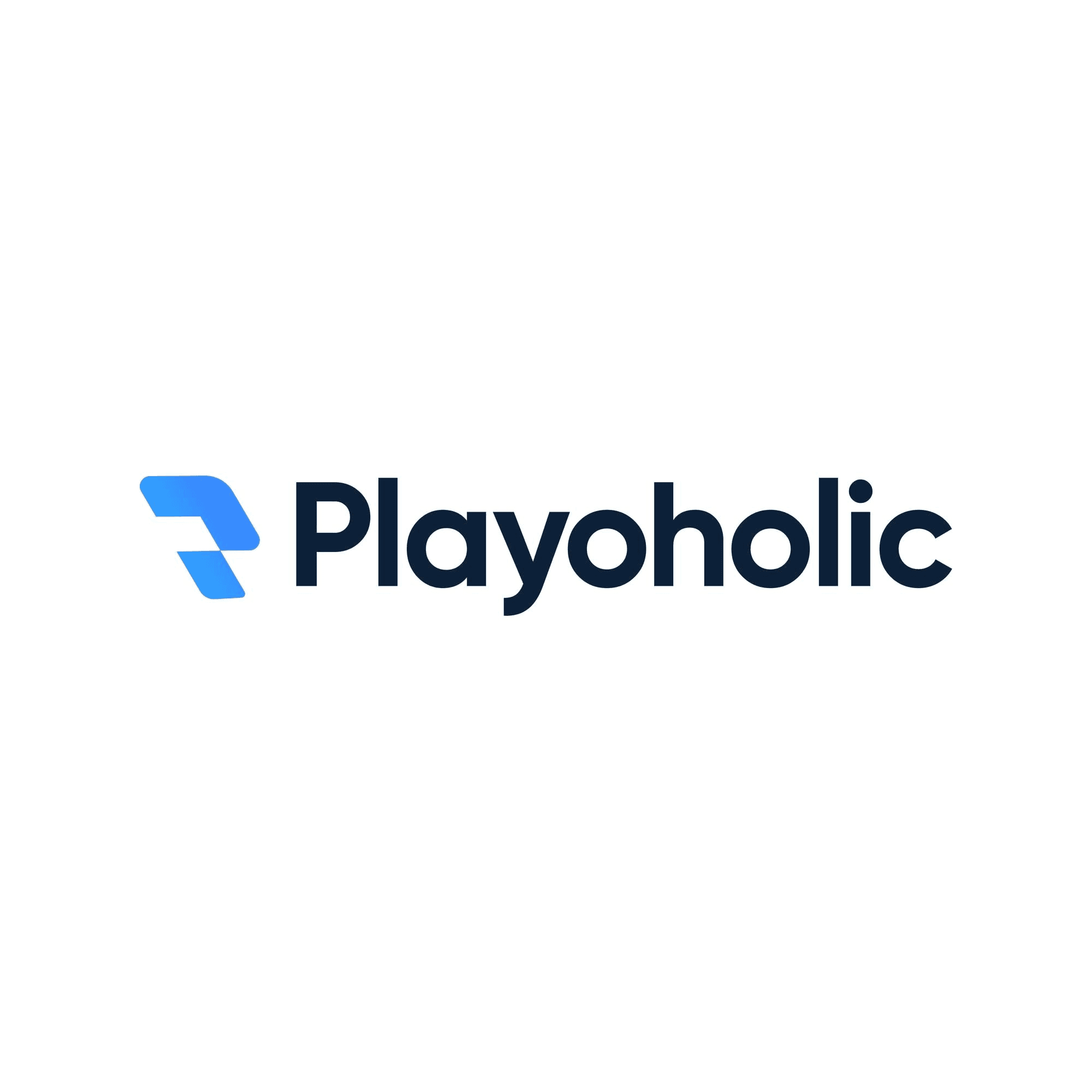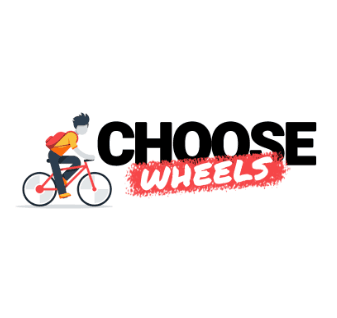How Marc Lou Scaled ShipFast to $100K/Month


Business Description
Table of Contents
Navigate through the case study sections
Executive Summary
Case Study Content
Background and Early Struggles
In 2021, Marc Lou found himself back at his parents' home without a steady income and wrestling with low morale. A single tweet from entrepreneur Pieter Levels suggested it was possible to build profitable online projects solo using just a laptop. That simple idea pushed Marc to pack a bag and move to Bali, where living costs are lower and distractions minimal. He set a personal rule: ship at least one project component every day, no matter what.
Spotting Repeated Tasks
After churning out new apps and tools for months, Marc noticed the same setup steps repeated over and over. He was constantly configuring domain name system records, wiring up Stripe for payments, and designing layout elements for pricing pages. Realizing these were standard chores for any new offering, he planned a way to bundle them into a single starter kit. This move would let him skip straight to building unique features.
Creating ShipFast
Marc spent about a week gathering all his snippets into a unified boilerplate project he called ShipFast. The codebase handled DNS setup, payment integration, and a clean pricing template right out of the box. He tested it by launching a quick demo site and ironing out configuration issues. Within hours, ShipFast was capable of spinning up a brand-new product scaffold with minimal edits.
Launching on Product Hunt
Timing the launch for just before a flight to Hong Kong, Marc hit the publish button on Product Hunt. He continued refining the landing page and adding features while at 30,000 feet. The Product Hunt daily newsletter funneled over 3,000 visitors to his listing, turning into $6,000 in sales within two days. That early validation proved the market need was real.
Expanding Reach Across Platforms
Rather than rely on a single platform, Marc also shared the launch on Reddit, Hacker News, and Twitter. Each community brought fresh eyes. Subreddits related to web development and startups drove an initial wave of signups, while Hacker News threads delivered technical feedback. He tracked conversions and tweaked messaging based on user comments.
Financial Highlights
Today, ShipFast pulls in between $500 and $5,000 in daily sales. With hosting and transaction fees removed, Marc keeps about 91% of each sale. Since the September debut, total revenue has approached $250,000, making it one of the fastest sites to hit six figures without a team. All of this runs with no employees, automated by simple scripts and scheduled newsletters.
Marketing Tricks That Worked
Marc emphasizes the power of a headline that pushes back on assumptions. He crafted tags like “Launch a SaaS in Under an Hour” to break through noise. Demo videos created with Screen Studio highlighted the boilerplate’s speed. He also dropped playful clips into tweet threads, editing himself into movie scenes, to keep engagement high even with a modest Twitter following.
Key Takeaways
By automating the boring bits, focusing on a real need, and launching across multiple channels, Marc built a high-margin SaaS tool that pays his bills and funds future projects. His story shows that you don’t need outside funding or a big team if you can move fast and tap into clear developer pain points.
Key Takeaways
- 1Consistent daily work allowed the founder to ship 16 products in two years.
- 2Identifying and automating repetitive setup tasks led to the creation of ShipFast.
- 3Launching on Product Hunt drove 3,000 visitors and $6,000 in sales in 48 hours.
- 4Using multiple platforms like Reddit, Hacker News, and X widened visibility.
- 5ShipFast maintains a 91% profit margin with zero employees required.
- 6Documenting the journey on social media built an engaged audience.
Key Facts
Tools & Technologies Used
Premium Content Locked
Subscribe to access the tools and technologies used in this case study.
Unlock NowHow to Replicate This Success
Premium Content Locked
Subscribe to access the step-by-step replication guide for this case study.
Unlock NowInterested in Being Featured?
Share your success story with our community of entrepreneurs.
Explore More Case Studies
Discover other inspiring business success stories

How Playoholic Grew a Mobile Gaming Empire and Sold in 10 Days for 5 Figures
Anurag Ghosh, a content writer and gaming enthusiast, transformed his mobile gaming hobby into Playoholic, a successful ...
Playoholic

How Choose Wheels Recovered from a Google Penalty and Grew Traffic by 124%
Choose Wheels, an affiliate site for electric scooters and bikes, was hit with a manual Google penalty that slashed orga...
Choose Wheels

How a First-Time Buyer Acquired a $100K Amazon FBA Fishing Store and Kept It Booming
Dumella Limited, an Amazon FBA business specialized in the fishing and outdoor market, was founded by Tim Dowling in 201...
Dumella Limited
